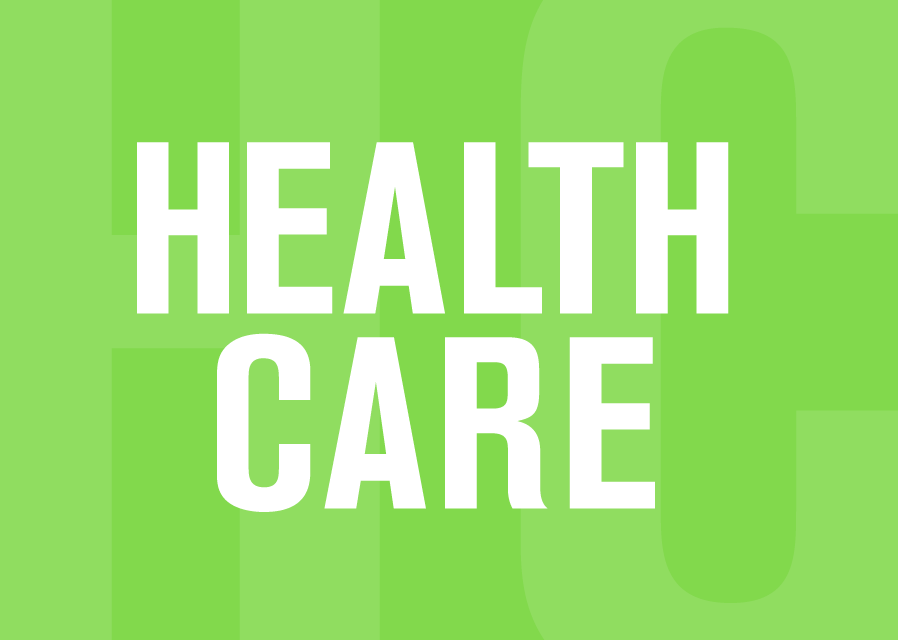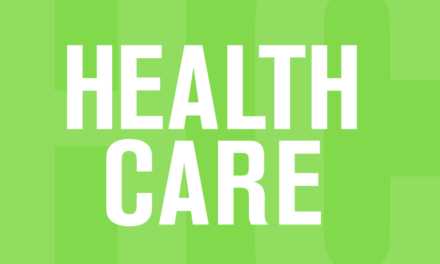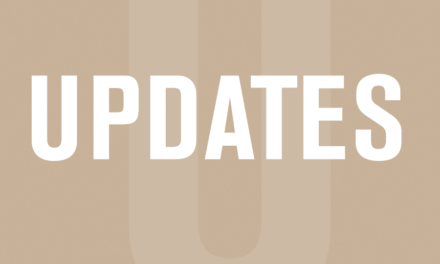The Canadian Institute for Health Information (CIHI), self-described as “an independent, not-for-profit organization that provides essential information on Canada’s health systems” issued its latest report on Canadian physicians earlier this month. The report provides detailed data on, among other things, how many doctors there are and how much they are paid.
Given that those two issues have been prominent in the political debate that’s been swirling in Nova Scotia ever since the Liberal campaign promise of a family doctor for everyone, the latest data from CIHI should be of considerable interest, especially for opposition politicians.
On physician supply, CIHI reports that in 2017 there were 256.6 physicians per 100,000 population in Nova Scotia, the highest ratio of any province, and significantly above the national average of 234.4. But in terms of fulfilling the election promise, the numbers are moving in the wrong direction. In 2013, when the McNeil Liberals made the ill-considered commitment, the ratio was even higher – 260.9 doctors for every 100,000 people.
As the table below shows, the 2013 total – the one the Liberals deemed too low – represented a significant increase in family physicians from two years earlier. The number of family docs has been going down ever since.
| 2011 | 2013 | 2015 | 2017 | |
|---|---|---|---|---|
| Family doctors | 1,150 | 1,255 | 1,241 | 1,234 |
| Specialists | 1,124 | 1,206 | 1,224 | 1,222 |
| Total | 2,274 | 2,461 | 2,465 | 2,456 |
With the drop in family physicians combining with an aging population it’s no wonder the number of Nova Scotians without a family doctor or other regular health care provider was up rather sharply in 2017.
CIHI does not publish such numbers – they come from Statistics Canada’s “Health characteristics, annual estimates” (Tables 13-10-0096-16 and 13-10-0096-01). The latest Stats Canada survey, published last June, estimates that in 2017 there were 92,500 Nova Scotians 12 years of age and over without a regular health care provider. That’s up from 74,500 in 2016.
The number of people over 65 in that predicament increased by almost 60 percent to more than 10,000. And while the percentage of Nova Scotians without a regular health care provider – 13.1 per cent – was still below the national average of 15.3 per cent, the national rate was going down slightly while Nova Scotia’s went up from 10.3 per cent in 2016.
Admin costs still high
As previously reported, the “family docs for all” was one of three big health care promises from the Liberals in 2013. Another one that has come back to haunt them is the replacement of nine district health authorities with one large one. Two years ago, before the 2017 provincial election, the jury was still out on how that would work out. But post-election, dire predictions that centralization would cause all kinds of problems seem to be coming true.
The amalgamation robbed attention from the deterioration of front line service, evident in the increase in those lacking access to a regular health care provider. And it has not delivered on the promise to reduce Nova Scotia’s historically bloated health administration costs. I wrote about this chronic problem back in 2015 as the Liberals were embarking upon their misbegotten health care centralization voyage.
Long story short, health administration costs started going through the roof after 1999 when the Hamm government, carrying out a campaign promise to inject more local autonomy into health governance, replaced four health districts with nine. In the process administrative costs jumped from $21.70 per capita in 1999 to $57.14 per capita in 2009. That’s pretty much where they were forecast to be in 2018, according to CIHI data released in November (Table D.4.1.1).
| Year | Administration per capita |
|---|---|
| 1999 | $21.70 |
| 2009 | $57.14 |
| 2013 | $56.41 |
| 2014 | $54.16 |
| 2015 | $66.68 |
| 2016 | $56.61 |
| 2017 | $53.91 |
| 2018 | $58.27 |
As the table shows, there was a large increase in administration cost in 2015 as the centralization was taking place. Costs came down the following year, but three years on costs are forecast to be higher than they were before amalgamation. Looking at the year-over-year admin costs, the good news is that costs barely increase between 2009 and 2018. However, the bad news is that at $58.27 per capita, Nova Scotia health administration costs are the highest of any province and about 35 per cent above the national average.
Among other things not being delivered by the costly new administrative structure are up-to-date data on Nova Scotia physicians’ pay. This month’s release from CIHI reported average gross clinical payments for 2016-7 from seven provinces, but Nova Scotia was not among them. The province’s data was suppressed due to data quality concerns, so we’ll have to wait to see whether there’s been any change from 2015-6.
Gross payments to Nova Scotia family doctors averaged $219,648 in 2015-6, third lowest among eight provinces reporting, just ahead of British Columbia and Newfoundland and Labrador and well short of $311,000 reported for family physicians in Ontario and Prince Edward Island, adding to the angst over the province’s ability to recruit and retain family physicians.
-30-






